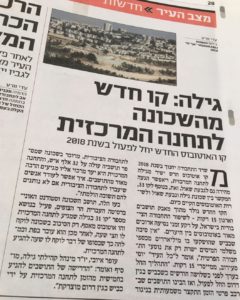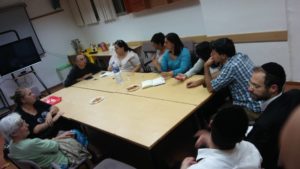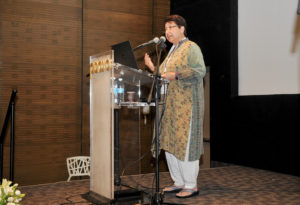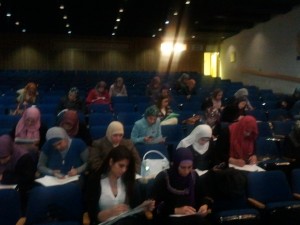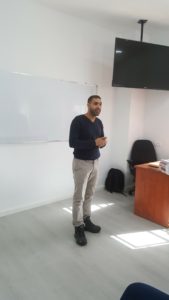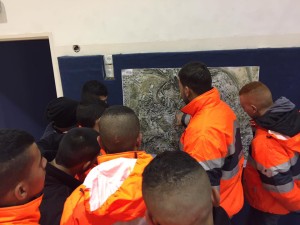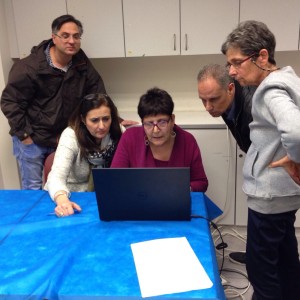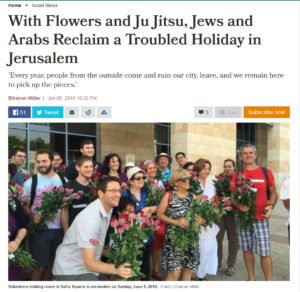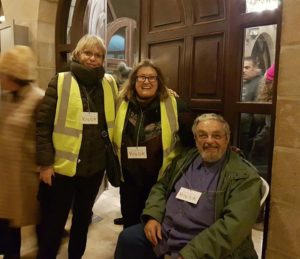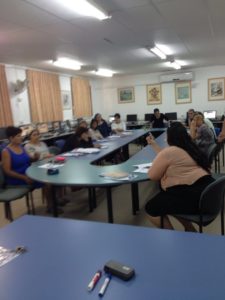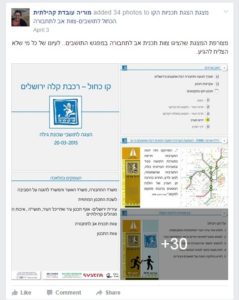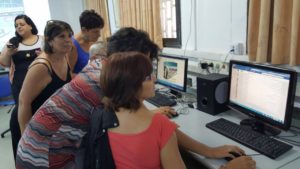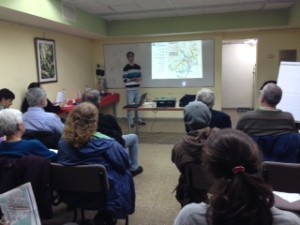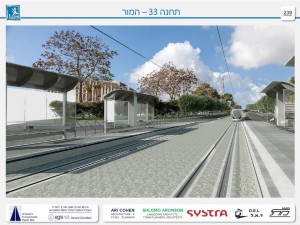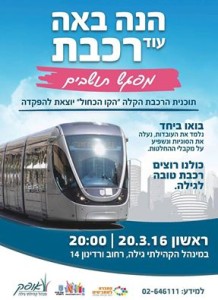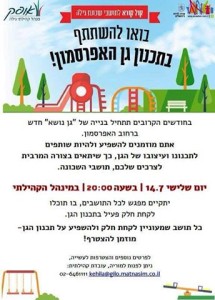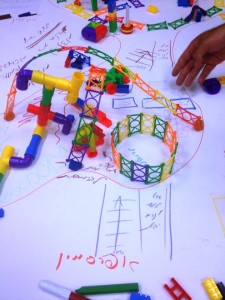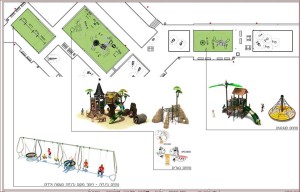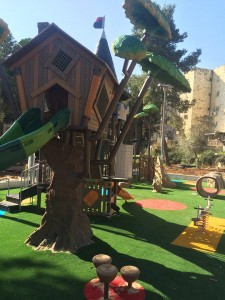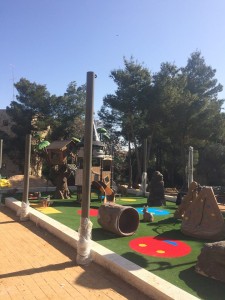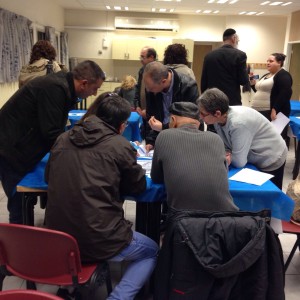From Gilo to the Center in 15 Minutes
Have you ever taken a bus from Gilo to the central bus station in Jerusalem? Better have a good book and a lot of patience – because today it’ll take you more than an hour, regardless of traffic. How long does it take in a car when it’s not rush hour? Oh, about 15-20 minutes.
What?!?!?!?! 5 times as long if you don’t have a car?!?!
Thanks to an active group of Gilo residents, together with the Gilo Community Council, and with our assistance and that from the 15 Minutes organization that seeks to offer good, fast public transportation all over Israel, the Ministry of Transportation has promised an express bus from Gilo to the central bus station in 2018. Most importantly, this line will be in addition to existing lines, not instead of. This decision was published on the MyNet Jerusalem web site, and in the Kol Ha’Ir newspaper, which carries local Jerusalem news. Here’s the article in print, and here’s a link to the online article.
All the partners in action worked superbly together to bring this about – bringing the issue to the press and raising public awareness, bringing in key public figures, organizing a trial run with representatives from Gilo, 15 Minutes, the Dept. of Transportation, the Jerusalem Municipality, the Egged Bus Company, and more, until the decision was made. We were there to support the activists, proposing new strategies and tactics, making connections to move the process along, adding positive energy to feed the momentum. We will also be there to make sure that follow through to the end.

